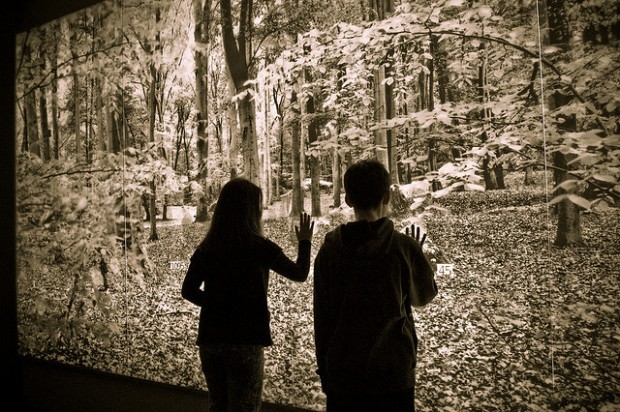The neuromechanisms responsible for feeling and managing the body’s physical survival and consciousness have been co-opted to also manage social survival. “Survival in the savanna depends on a brain that is wired to make sense of the environment, and to play out the things it notices through patterns of bodily and mental reactions,” Immordino-Yang writes. “This same brain, the same logic, helps us make sense of and survive in the social world of today.” To make something relevant to a learner, it should inspire an emotional reaction in the person, triggering these survivalist parts of the brain that indicate something is important.
[RELATED: Teaching Social and Emotional Skills in School]
“The way that we make meaning out of situations, and the way that we feel and evaluate things, is plated on the same neural platforms as do the basic job of managing our viscera,” Immordino Yang said. When a topic strikes a chord with a student it feels meaningful because the part of his brain firing is the same part that keeps him conscious and alive. It’s also the part of the brain responsible for novel, creative or new ideas.
“Creativity is representing some kind of relevant problem in a new way and making people understand it, and feel about it, and have some insight into something that matters,” Immordino-Yang said. She argues that creative moments are motivated by caring deeply about a subject. Furthermore, humans make meaning by relating new information to feelings, memories and other personal information to give it context.
To undertake that complicated process of internalizing information Immordino-Yang has found that it’s necessary to shut out external inputs and focus intensely on what’s going on internally. Asking students to constantly pay attention or allowing them to be distracted by games, phones, and other stimuli may deprive them of the important inward-looking time crucial to deeper learning.
“The way in which people learn information, the way in which they make it their own, assimilate it, are dependent heavily on a neural system that is fundamentally incompatible with external information and distraction,” Immordino-Yang said. Long term learning happens when the brain calls up old memories and incorporates the new knowledge into a personalized understanding of the world. And that’s often a creative process. It takes creativity to synthesize new information within the context of old experiences and to reshape difficult concepts into something understandable. Immordino-Yang argues that the essence of that process requires the thinker to disengage from the world around them.
[RELATED: How to Fuel Students' Learning Through Their Interests]
That doesn't necessarily mean that daydreaming is the key to developing innovative ideas. There are times when insight strikes while the mind wanders, but Immordino-Yang says that in those cases the information is already present. When it comes to learning something new, the inward focus is often real work.
“Help kids know how to make meaning and sense of what they are learning so they can see who they are,” Immordino-Yang said. “Creativity is just an extension of that.” She gave the example of her young daughter who wrote a song about loving her young brother, but the imagery in the song incorporated space, planets, and the galaxy. She had just learned about those concepts, but in order to really understand their significance, she needed to express them within the totally understood and emotional space of family love. Allowing kids the space for the interplay between the emotional and cognitive spaces will benefit the long-term learner.


